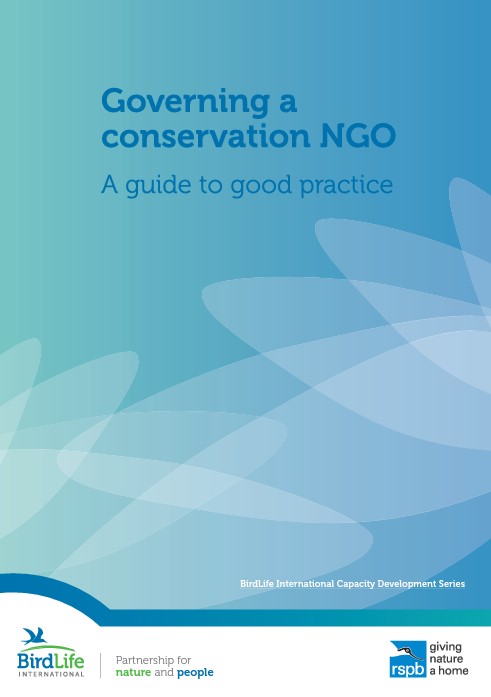Governing a Conservation NGO – A Guide to Good Practice

Who would find this resource useful?
This guide is written primarily for the Board members and Chief Executives of conservation NGOs, as well as Partner Development Officers and other advisers. It may be useful to other organisations too.
An organisation might use this resource when…
…reviewing their governance. Most successful organisations review their governance regularly, and make frequent small adjustments, as needed. When reviewing, it is important to give relevant people a chance to say how they think the governance arrangements are working, either through a confidential discussion or a questionnaire (see Section 7.6). Often, people know intuitively whether things are working. Are relationships open and transparent or tense and obstructive? Do you look forward to attending Board meetings or dread them? Is the Constitution a useful working document that guides your work, or is it irrelevant? Do Board members behave appropriately, or do some individuals misuse or abuse their position?
There is one unbreakable rule: if things are going wrong, do something! Discuss problems, ask for help, and make decisions that change things. Situations rarely improve if they are ignored.
How can this resource help?
It uses case studies and the experience of other organisations to illustrate some common problems and to find solutions to others. You can dip into the sections that seem most relevant to you, or you can start at the beginning and read to the end. Either way, you are advised to read Section 2.2, which describes how organisations develop and mature, a concept that is used throughout the guide. Different styles of governance will work in different organisations in different places, and there is no single right way. But there are some essential elements. There are also common problems and pitfalls, which can be avoided.